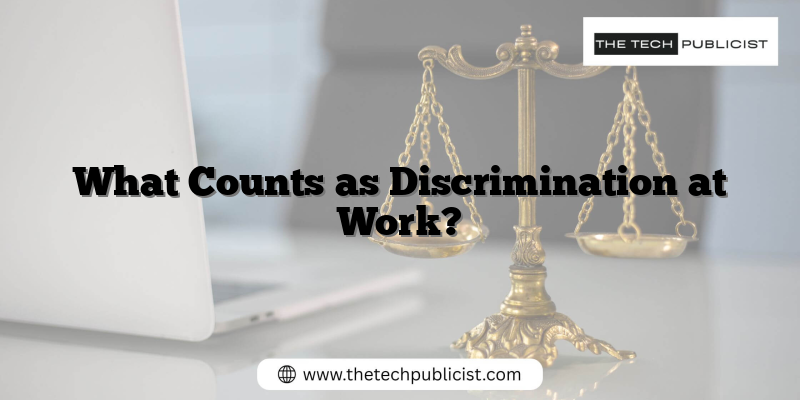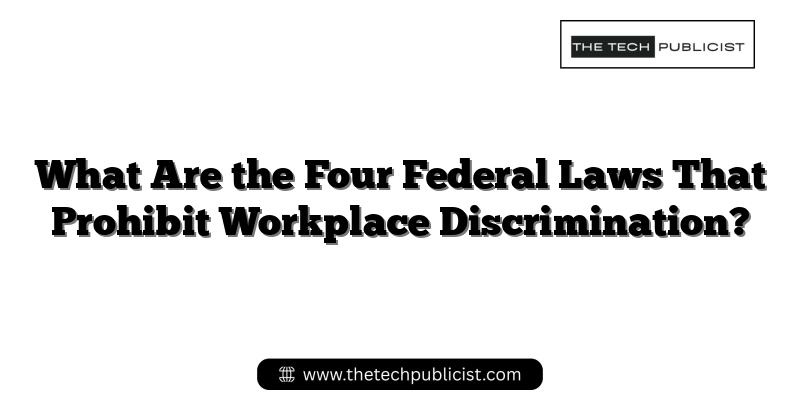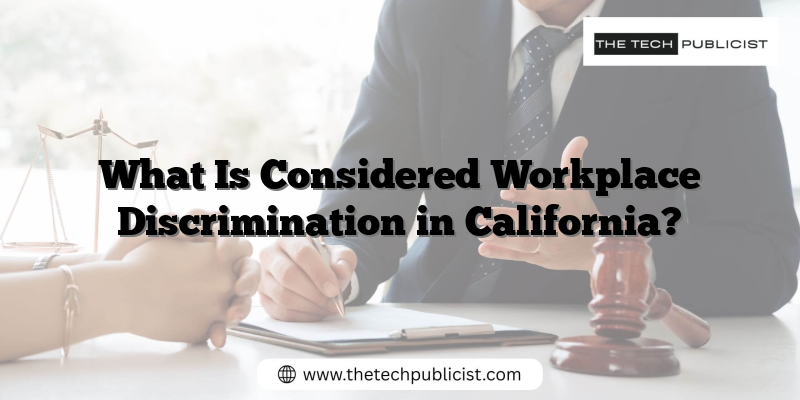What to Know / Key Takeaways:
- Discrimination at work refers to unfair treatment based on protected characteristics such as race, gender, religion, and disability.
- It can occur in various forms including hiring practices, promotions, and workplace harassment.
- Employees have legal protections against discrimination under laws such as the Civil Rights Act and the Americans with Disabilities Act.
- Recognizing the signs of workplace discrimination can empower employees to seek justice.
- Seeking legal advice can provide clarity on personal rights and available actions.
Understanding Workplace Discrimination
Workplace discrimination remains a critical issue that affects employees across various industries. It’s vital to grasp what constitutes discrimination, how it manifests, and the protections available to employees.
What is Workplace Discrimination?
Workplace discrimination occurs when an individual is treated unfavorably at work due to specific characteristics. These characteristics, often termed “protected classes,” include race, color, nationality, sex, disability, age, and religion. Discrimination can arise from direct actions, policies that negatively affect these groups, or even workplace culture.
Types of Workplace Discrimination
Direct Discrimination
Direct discrimination happens when an employee is openly treated less favorably compared to others due to their protected characteristic. For example, if a qualified candidate is overlooked for a job solely because of their race or gender, direct discrimination is evident.
Indirect Discrimination
Indirect discrimination occurs when a seemingly neutral policy disproportionately affects a particular group. For instance, a company policy requiring all employees to work certain hours may indirectly disadvantage those with caregiving responsibilities, which disproportionately affects women.
Harassment
Harassment is a form of discrimination that involves unwanted, inappropriate behavior based on a protected characteristic. Examples range from derogatory comments to physical intimidation. Such actions create a hostile work environment that can significantly impact an employee’s job performance and mental well-being.
Legal Protections Against Discrimination
Several laws exist to protect employees from workplace discrimination:
- Civil Rights Act of 1964: This landmark legislation prohibits discrimination based on race, color, religion, sex, or national origin.
For more information, visit U.S. Equal Employment Opportunity Commission. - Americans with Disabilities Act (ADA): The ADA prohibits discrimination against individuals with disabilities in all areas of public life, including jobs.
- Age Discrimination in Employment Act (ADEA): This protects employees aged 40 and over from discrimination based on age.
Recognizing Signs of Discrimination
Understanding the signs can empower you to take action. Some common indicators include:
- Unequal Pay: Discovering that peers with similar roles and qualifications earn significantly more due to gender or ethnicity.
- Limited Opportunities: Being consistently passed over for promotions or training opportunities can be a red flag.
- Hostile Environment: Experiencing harassment that creates a challenging working atmosphere.
Frequently Asked Questions
What should I do if I experience discrimination at work?
If you believe you have encountered discrimination, document your experiences and report them to your HR department. You may also consider seeking legal counsel to understand your rights.
How can I prove workplace discrimination?
Gather evidence such as emails, recordings, and witness statements that can corroborate your claims. Documenting incidents can significantly strengthen your case.
Is there a time limit to file a discrimination claim?
Yes, there are specific timelines for filing discrimination complaints, often referred to as statutes of limitations. It’s essential to act promptly and seek legal advice regarding your specific situation.
Are there specific organizations that help with workplace discrimination cases?
Various organizations, like the Equal Employment Opportunity Commission (EEOC), provide assistance to individuals facing workplace discrimination. They can guide you through the reporting process.
Can I be retaliated against for reporting discrimination?
No, it is illegal for employers to retaliate against employees for reporting discrimination. However, if you believe retaliation is occurring, document the incidents and consult legal guidance.
Conclusion
Discrimination at work is a grave issue that affects not only individuals but also organizational culture and productivity. Understanding your rights and recognizing discrimination signs is crucial in standing up for yourself. If you believe you’ve experienced workplace discrimination, consider reaching out to local legal resources or law firms who can offer personalized assistance. Empower yourself with knowledge, and don’t hesitate to seek the support needed to ensure a fair workplace.

Manali is the founder and editor of The Tech Publicist, a legal-focused blog dedicated to breaking down complex legal topics into plain, practical advice. With a passion for empowering everyday readers, Manali writes about personal rights, property laws, and real-world legal situations that matter. When not decoding the law one article at a time, Manali enjoys diving into tech trends and advocating for accessible legal education.




